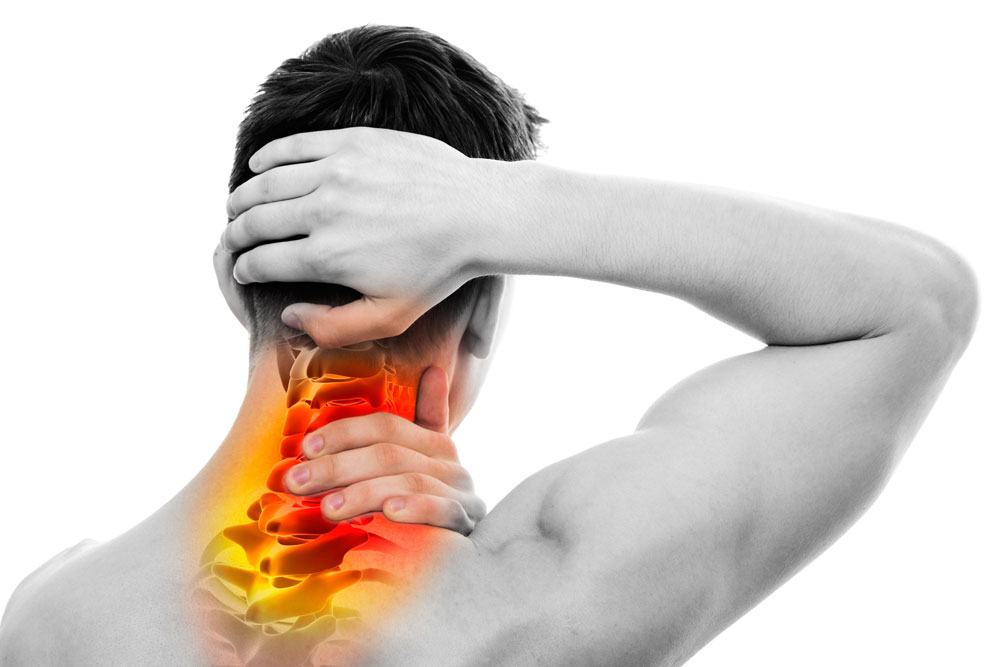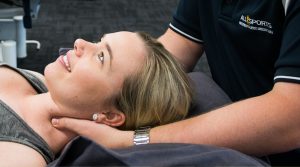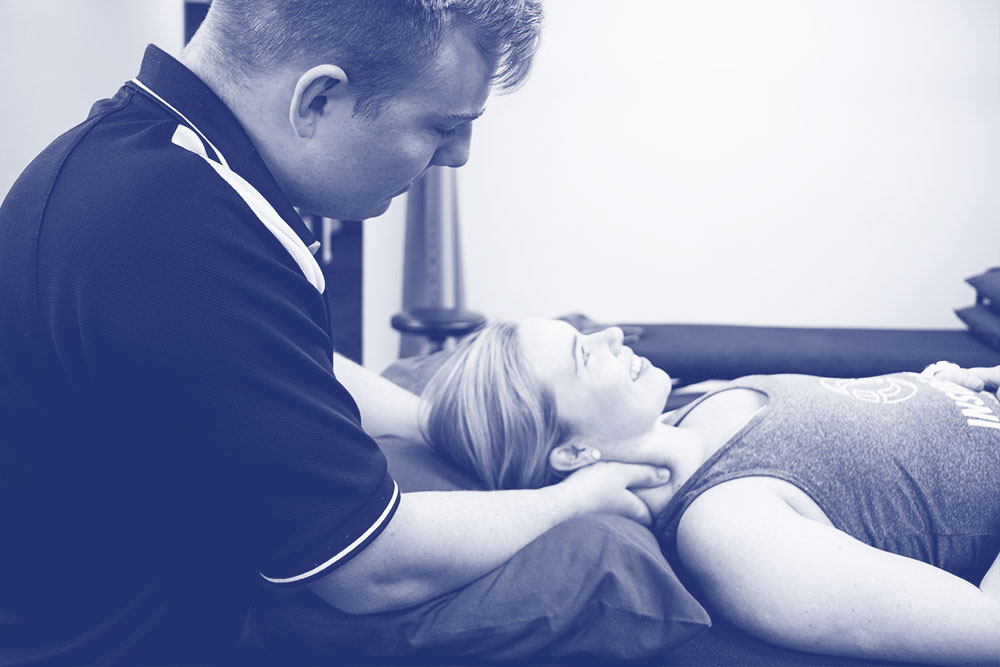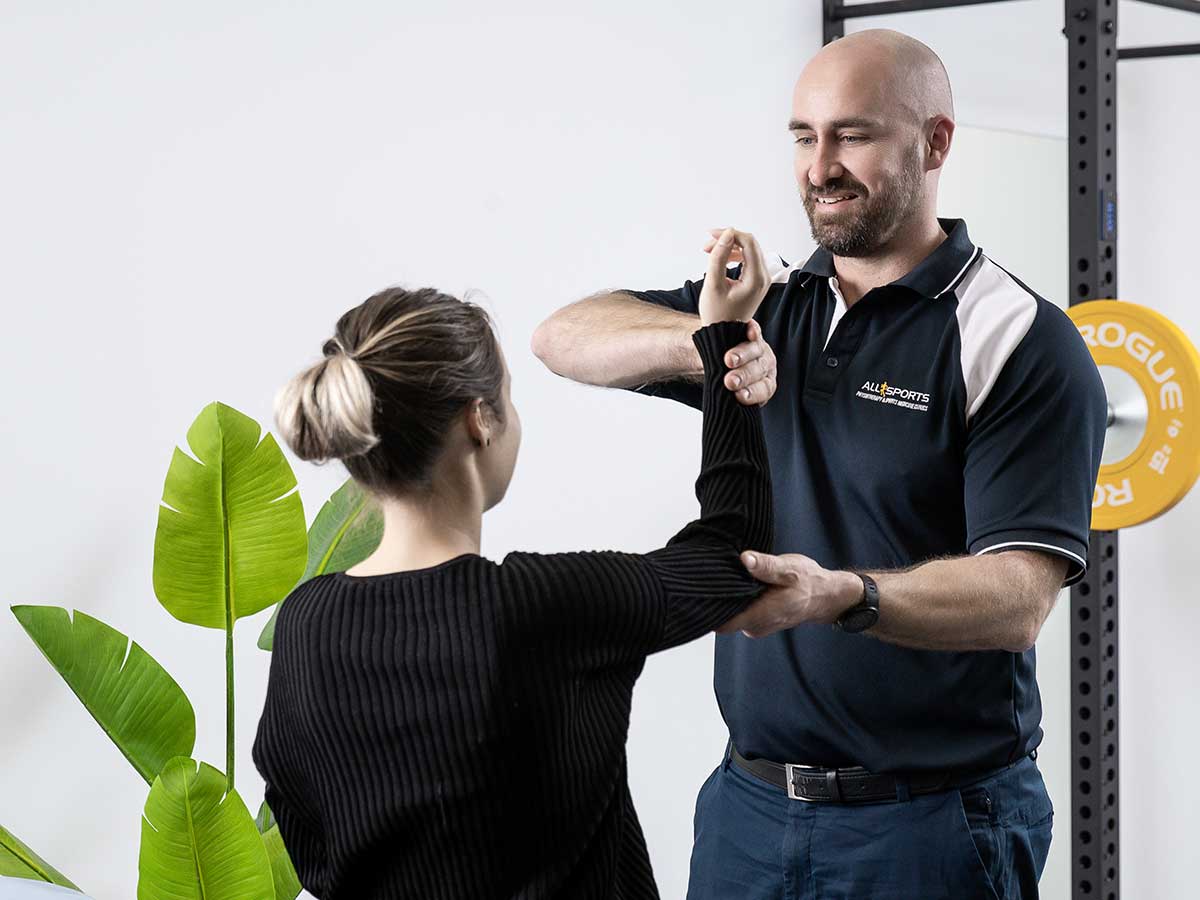

Unfortunately, most of us know what it’s like to experience a headache. In fact, research suggests that between 70 – 80% of the population will suffer from some form of a headache every year. Much research has been devoted to the study of headaches. Believe it or not, there have been over 300 different types of headaches identified!
One of the most common types of headaches successfully treated by physiotherapists is known as a cervicogenic headache. The head pain experienced during this type of a headache actually arises from the bony structures or soft tissues of the neck. That is, the headache is actually considered to be referred pain.
What are the signs and symptoms of a cervicogenic headache?
The symptoms associated with a cervicogenic headache usually start in the neck and then spread into the head. Most often, the pain experienced in the head, which may include the forehead or around the eye, is usually only on one side at a particular time. The intensity of the pain is mild for some cervicogenic headache sufferers but for others, the pain can be severe and quite disabling. Most people describe a headache as a dull ache rather than throbbing or sharp shooting pain, the latter symptoms being more typical of other forms of headaches such as migraines.
Often people with cervicogenic headaches will experience neck pain associated with certain neck movements such as turning your head in the car, looking up or reading for prolonged periods. Your physiotherapist may find that certain joints and soft tissues in your neck will be painful to touch and refer pain into your head. They may also find that your neck movement is restricted.
How to treat a neck-related headache
Thankfully, people with cervicogenic headaches will often respond very well to manual therapy techniques employed by physiotherapists. Your physio can also discuss ways in which to avoid aggravating activities that may be contributing to your symptoms and show you exercises that may help reduce the frequency and severity of the headache episodes.
I’ve got a headache, what should I do?
It is crucial that you receive an accurate diagnosis. As mentioned, there are over 300 types of headaches, some of which are caused by sinister pathologies. So, if you are experiencing headaches, seek advice from your doctor or physiotherapist to determine the cause, and therefore the most appropriate management plan, for you.



